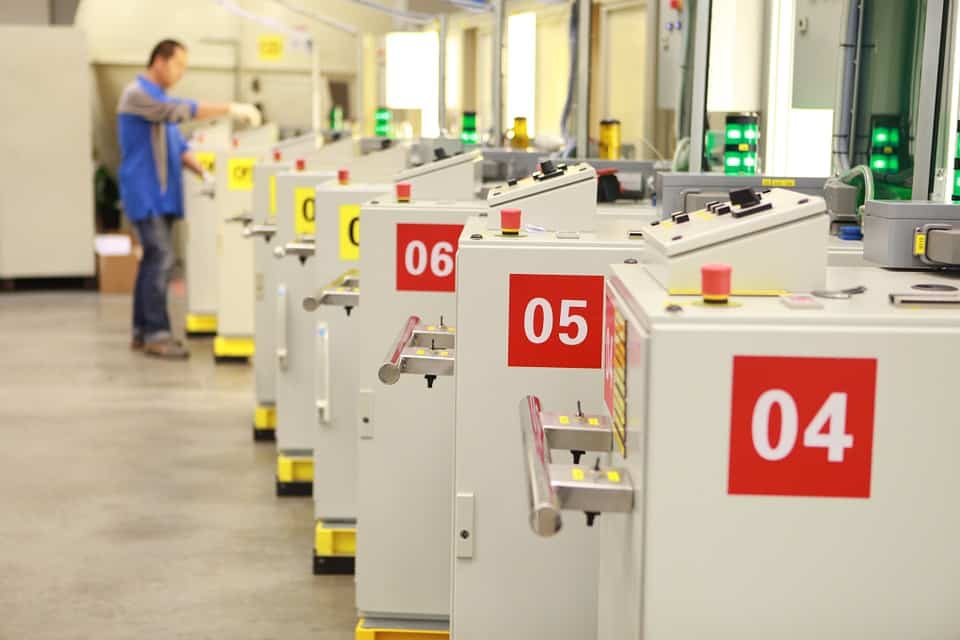The strategy companies choose to price their products and services can be a key factor in their success or failure. Companies that are quick to adopt new pricing models, or pioneer them themselves, will often see rapid growth and development. The recent influx of SaaS companies coming out of California are a perfect example of this. They aren’t providing services that are particularly innovative or ‘new’, they’ve just hit on a pricing model that makes their services accessible to new users.
Pricing Strategy in Manufacturing
Over the last decade there have been very few innovations in manufacturing pricing strategies. However, there are strong signs that change is coming.
We are beginning to see signs of market leaders experimenting with pricing strategies in order to differentiate themselves from their competitors. One high profile example of this is Michelin’s attempt to maintain and increase market share by implementing a ‘cost per landing’ on its commercial aircraft tires.
This strategy has many implications for both the buyer and seller. It gives airline operators a fixed cost that that can more easily reconcile with their other consumables and costs (fuel, landing tariffs and staff). It also means as Michelin maintain ownership of their product, they align their commercials with technical objective of longer lasting tyres and hence can be even more quality driven. Finally by changing the pricing model they gained market share and left many competitors out in the cold as customers became no longer interested in price per tyre.
“The Internet of Things (IoT) is changing manufacturing as we know it. Factories and plants that are connected to the Internet are more efficient, productive and smarter than their non-connected counterparts. In a marketplace where companies increasingly need to do whatever they can to survive, those that don’t take advantage of connectivity are lagging behind.”
The Internet of Things
One area where manufacturing has seen considerable development over the last decade is in the technology available to measure performance. Though we are only beginning to see this information being used in pricing, we see it becoming increasingly relevant and useful in this sector.
Pricing a product based on the value it delivers the customer is the ideal companies have always been working towards. However, in the past, value was an abstract, immeasurable quantity. This was particularly true in the manufacturing sector.
However, technology now means that more data is available on how your customers are using manufacturing products and what value they are getting out of it. Aligning pricing to value with this data available is now a question of identifying the right tools, the right metrics and then aligning your pricing strategy with this new, valuable data. In a similar way to pricing per aeroplane landing, we predict other industries be able to move away from capex purchases into pricing per machine process, per part produced, per hour of usage.
This change is happening. Early adopters are already experimenting with how The Internet of Things can help align their pricing and value proposition. It’s only a matter of time before this becomes common practice. As is always the case, companies who are able to adapt and embrace these new technologies will lead the way. As we’ve seen before, and SaaS pricing is a perfect example of this, these shifts in pricing methodology open the door for more agile, small players to gain market share. For big manufacturing firms, this means that it’s very important to lead, not follow.
Pricing solutions are experts in pricing strategy and have worked with manufacturing companies such as GE, John Deere and Johnson Controls as they look to maximize their profits from their existing customers. We’ve also helped them develop the new generation of pricing structures that are going to lock down the majority of their business over the next 5 years. If you’d like to speak to us about your pricing strategies, please get in touch.





